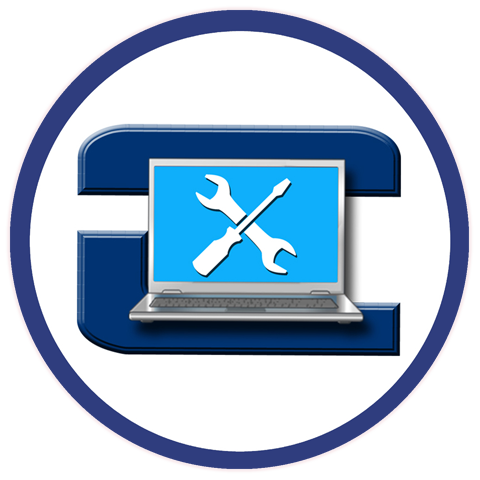You may have heard about a new type of hard drive called a Solid State Drive. If you have ever wondered what this is, read on. Basically, on the hard drive is where the operating system, programs, data files etc., are stored. There’s been different types of hard drives in the past before the solid state drive – and they had one thing in common. Each of these hard drives has moving parts in them. They have some plates inside that look like CDs and an arm that could read the information from the disks. That is the basic difference between the older hard drives and the solid state drive.
Instead of using moving parts like an arm and rotating disks, the solid state drive uses memory chips. This makes the solid state drive have more instantaneous access to any information on the drive, as opposed to the hard drives that have moving parts. The hard drives that have moving parts need to search for the information by moving the arm over the disks and piecing together the information. So they are slower than the solid state drive when it comes to accessing information. The solid state drive (SSD) is renowned for speed and quietness since it has no moving parts, but there is a down side to SSDs. Let’s look at the pros and cons.
Pros for the SSD:
- They are faster in presenting information for processing on request. This makes them good for running high-end programs especially those used in video or movie editing, graphic designs and photo editing.
- They have no moving parts, therefore very quiet and less liable to wear and tear. That means they can last longer than the more mechanical drives.
Cons for the SSD:
- SSDs are very expensive. For over $100, you can only get 60 GB of memory. You could buy a 2TB hard drive for that same price and that is a lot of memory!
- Even though they are fast in accessing information, they are slower to write information, compared to regular hard drives. So copying files or installing programs takes a bit longer on the solid state drives.
- The solid state drive is harder to predict when it’s going out. There are tools that make it easier to diagnose when a regular hard drive is going bad. There is nothing like that for the solid state drive, at least not that I know of. This means that they are more likely to crash with no warning.
- Once they crash, they crash! There is no data recovery for SSDs; Again, not that I know of. With hard drives that have spinning disks in them you can at least take it to a data recovery expert and they can get the information from the disks. The same cannot be said for solid state drives. If you know of a place that does data recovery for SSDs, please send me an email and I will check it out. Even then, I would be a bit suspicious, but I promise, I will check it out. If you have a computer that has solid state drives, doing backups is mandatory! I would also recommend to do backups on an external hard drive that is not an SSD, on DVDs, or choose a reliable online backup service.
Personally, I think I am going to stick with the older hard drives until they perfect the technology for the SSD. There are many options to speeding up a computer inexpensively, and repairs are also much easier and inexpensive than replacing a solid state drive. So I choose practicality in this case over bragging rights. I hope you found this information useful.
